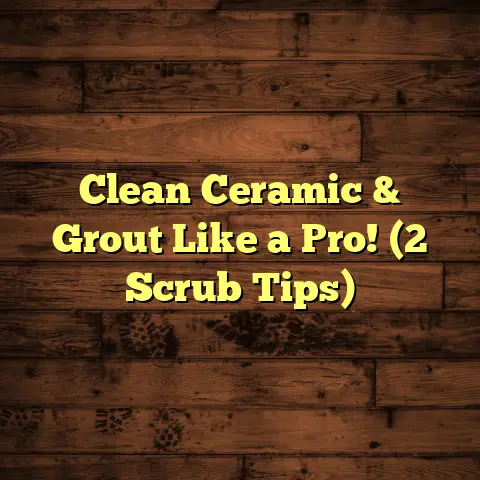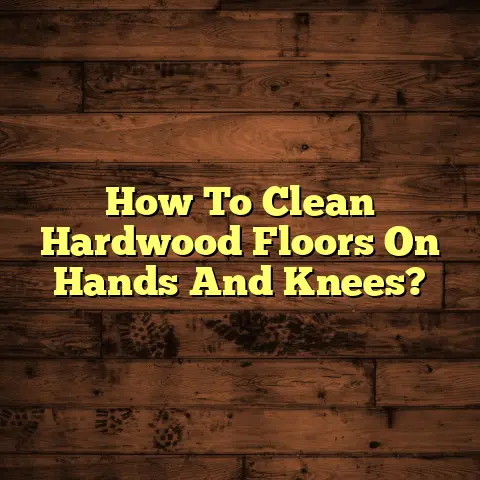Office Chair Casters CA (6 Scratches to Prevent!)
I’ve seen it countless times in my years as a flooring contractor here in California.
It’s like a silent epidemic. You’ve got employees heads-down, working hard.
Meetings buzzing with ideas and collaboration flowing.
But underneath all that, those sneaky office chair casters are leaving their mark.
I’m talking about scratches, gouges, and that general “worn-down” look.
I remember one time, a new hire was mortified when the boss noticed the trail of scratches her chair left on the brand-new hardwood.
Awkward, right? And it’s not just about looks.
Those scratches can lead to costly repairs and replacements.
So, let’s dive into how to protect your office floors and keep things looking professional.
1. Understanding Office Chair Casters
Okay, so what are casters, exactly?
They’re the wheels on your office chair that allow you to roll around.
Simple enough, but there’s more to them than meets the eye.
You’ve got different types, mainly hard and soft.
Hard casters are usually made of nylon or hard plastic.
Soft casters use polyurethane or rubber.
The type of caster drastically affects how your chair moves across different flooring.
Think about it: hard casters on hardwood are a recipe for disaster!
According to a study by the International Facility Management Association (IFMA), flooring damage due to chair movement accounts for nearly 15% of office maintenance costs annually.
That’s a significant chunk of change!
2. The Impact of Scratches on Office Floors
Let’s be real, scratched floors are an eyesore.
They make an office look unprofessional and uncared for.
But it’s not just about aesthetics.
Scratches can impact functionality too.
They can create uneven surfaces, making it harder to roll chairs.
And the financial impact? Ouch.
Repairing or replacing damaged flooring can cost thousands of dollars.
I talked to a facility manager at a tech company in San Francisco recently.
She told me they were spending close to $5,000 every year just patching up scratches and gouges.
“It’s a constant battle,” she said. “And it’s not a good look when we’re trying to impress clients.”
First impressions matter, and scratched floors send the wrong message.
3. Identifying the Causes of Scratches
Alright, let’s break down why those scratches happen in the first place.
Material Hardness
The hardness of the caster material is a huge factor.
Hard casters are like tiny razors on soft flooring.
They don’t have enough give, so they dig in and scratch.
Soft casters, on the other hand, have more flexibility.
They’re designed to grip hard surfaces without causing damage.
Flooring Type
Different floors react differently to casters.
Hardwood is beautiful but delicate.
Laminate is more durable but still susceptible to scratches.
Tile can chip or crack under the wrong pressure.
Carpet can snag and fray with hard, rigid casters.
Weight Distribution
The weight of the chair and the person sitting in it plays a role.
The heavier the load, the more pressure on the casters.
That increased pressure amplifies the scratching effect.
Movement Patterns
Think about the areas where people move the most.
Around desks, between cubicles, to the coffee machine.
These high-traffic zones are where you’ll see the most wear and tear.
Frequent movement in specific areas can lead to concentrated damage.
4. The Importance of Choosing the Right Casters
This is where you can really make a difference!
Choosing the right casters for your flooring is crucial.
It’s like wearing the right shoes for a marathon.
Soft casters for hard floors (hardwood, tile, laminate):
These are your go-to for preventing scratches on sensitive surfaces.
They’re made of polyurethane or rubber.
They provide a cushioning effect and grip without digging in.
Hard casters for soft floors (carpet):
These are designed to roll easily on carpet without getting bogged down.
They’re typically made of nylon or hard plastic.
They have less surface area in contact with the carpet, reducing friction and wear.
I’ve seen offices switch to the correct casters and immediately notice a difference.
According to a study by a major office furniture manufacturer, using the appropriate casters can reduce flooring damage by up to 80%.
That’s a massive improvement!
Plus, high-quality casters often last longer, saving you money in the long run.
5. Prevention Strategies – The 6 Scratches to Prevent!
Okay, let’s get down to specifics.
Here are the 6 main types of scratches I see in offices and how to prevent them.
Scratch Type 1: Hard Floor Scratches
Cause: Hard casters on hardwood, laminate, or tile floors.
Appearance: Fine lines, deep gouges, or a hazy, worn-down look.
Solutions:
- Switch to soft casters: This is the number one fix. Polyurethane or rubber casters are your best bet.
- Use a chair mat: A clear plastic or vinyl mat can provide a protective barrier.
- Regular cleaning: Keep the floor clean to prevent dirt and debris from getting trapped under the casters.
Scratch Type 2: Carpet Snags
Cause: Hard casters with sharp edges catching on carpet fibers.
Appearance: Pulled threads, frayed areas, or a general worn-out look.
Solutions:
- Use hard casters designed for carpet: Look for casters with a smooth, rounded edge.
- Consider a carpet protector: These are transparent films that adhere to the carpet, preventing snags.
- Vacuum regularly: This removes loose fibers and debris that can get caught in the casters.
Scratch Type 3: Tile Damage
Cause: Hard casters with concentrated pressure causing chips or cracks.
Appearance: Small chips, hairline cracks, or larger fractures in the tile.
Solutions:
- Use soft casters: Again, polyurethane or rubber casters are ideal.
- Distribute weight: Ensure the chair has multiple casters to distribute weight evenly.
- Avoid sudden movements: Rapid stops and starts can put extra stress on the tile.
Scratch Type 4: Scuff Marks
Cause: Casters picking up dirt and debris and transferring it to the floor.
Appearance: Dark streaks or smudges on the floor surface.
Solutions:
- Regular cleaning: Sweep or vacuum the floor frequently to remove dirt and debris.
- Clean the casters: Wipe down the casters regularly to remove any accumulated grime.
- Use a floor cleaner: Choose a cleaner that’s appropriate for your flooring type.
Scratch Type 5: Uneven Surface Scratches
Cause: Uneven flooring causing casters to wobble and exert uneven pressure.
Appearance: Scratches concentrated in specific areas, often near seams or transitions.
Solutions:
- Level the floor: Address any uneven areas by patching or leveling the subfloor.
- Use self-leveling casters: These casters adjust to uneven surfaces, distributing weight more evenly.
- Consider a thicker chair mat: A thicker mat can help to bridge small gaps or imperfections in the floor.
Scratch Type 6: Wear and Tear Over Time
Cause: Constant use leading to gradual scratching and wear on the floor surface.
Appearance: A general dullness or worn-down appearance, with fine scratches visible under close inspection.
Solutions:
- Regular maintenance: Implement a regular cleaning and maintenance schedule.
- Replace worn casters: Replace casters as soon as they start to show signs of wear.
- Consider a floor finish: Apply a protective finish to the floor to resist scratches and wear.
6. Maintenance Tips for Office Chair Casters
Maintenance is key to preventing scratches and extending the life of your casters.
Here’s what I recommend:
- Regular cleaning: Wipe down the casters with a damp cloth every few weeks to remove dirt and debris.
- Inspect for wear: Check the casters regularly for signs of wear, such as cracks, chips, or flat spots.
- Lubricate if needed: Apply a small amount of lubricant to the caster axles if they’re squeaking or sticking.
- Replace worn casters: Don’t wait until the casters are completely worn out. Replace them as soon as you notice any damage.
I usually advise offices to schedule a caster checkup every six months.
It’s a small investment of time that can save you big bucks in the long run.
Conclusion: The Bigger Picture
Preventing scratches caused by office chair casters might seem like a small thing.
But it’s part of a bigger picture.
Maintaining a scratch-free office floor contributes to a professional atmosphere.
It enhances employee morale.
And it ultimately reflects the quality of your business.
Think about it: investing in the right casters and a little bit of maintenance is a lot cheaper than replacing your entire flooring.
So, take a proactive approach.
Protect your workspace.
Avoid unnecessary expenses.
And keep those floors looking their best!





